Regionalism Issues in India
Basis of Regionalism
Local patriotism and loyalty to a locality or region or state and its language and culture do not constitute regionalism nor are they disruptive of the national unity. Aspiring to or making special efforts to develop one’s state, to remove poverty, implementing social justice is not branded as regionalism. However, if any state asserting its pride & interests above the national interest and against the nation in a hostile manner, then that can be dubbed as regionalism
- The linguistic reorganization of India & the resolution of the official language controversy have played an important role by eliminating a patent cause of the feeling of cultural loss or cultural domination.
- Despite such amity & peace, there exist many regional disputes which create friction between regional states like on sharing of river waters.
Economic Imbalances & Regionalism
Economic inequality among different states and region could be a potential source of trouble. Hence to influence the rates of growth in poorer states and regions and to reduce economic distance from richer states, the central government adopted a whole range of policies.
- Development of the poor states via transfer of financial resources by Finance Commission, a constitutional body.
- Planning was also used as a powerful instrument to remove regional inequality. Planning Commission allocated greater plan assistance to the backward states.
- Public investment by the central government in major industries for the reduction of regional inequality.
- Government incentives have been provided to the private sector to invest in backward areas through subsidies, tax concessions, concessional banking and institutional loans at subsidized rates.
Inspite of above-mentioned initiatives and programmes the backward states have a lower level of infrastructural facilities such as power, irrigation, roads, telephones and modern markets for agricultural produce.
Sons of Soil Doctrine
This doctrine mentions that particular state belongs to majority linguistic group inhabiting it or constitutes an exclusive “homeland” for regional language speakers.
- In the struggle for the appropriation of economic resources and economic opportunities, recourse often takes form of communalism, casteism & nepotism.
- Language loyalty and regionalism is used to systematically exclude the “outsiders”.
- This doctrine was profoundly utilized in big metros like Mumbai (Marathi), Bangalore (Kannada), Kolkata (Bengali), etc.
- “Mulki rule” provided in article 371(D) of Indian constitution safeguards the rights of local people in employment and education and was created after agitation in the state of Andhra Pradesh.
- This is an example of Sons of soil doctrine, but this was provided only in Group C and D services.
- Sons of the soil doctrine arise when there is actual or potential competition for industrial and middle-class jobs, between the migrants and local educated middle-class youth.
- The worst case of anti-migrant or implementation of Sons of the Soil doctrine was movement led by Shiv Sena which appealed regional chauvinism & assumed fascist proportions.
- However, the courts approved the reservation on the grounds of residence but maintained people’s right to migrate and their allied fundamental right regarding their movements.
Issue of J & K
Jammu and Kashmir comprises three social and political regions: Jammu, Kashmir & Ladakh. Kashmir Valley is the heart of the region. The Kashmir issue” isn’t just a dispute between India & Pak. It has both external and internal dimensions.
- Internally, there is a dispute which still persist and couldn’t be resolved that related to J&K’s special status because of Article 370 of the constitution, which gives greater autonomy to it as compared to other states in the country.
- There is a section of people and parties outside J&K that believes that the special status of the state doesn’t allow full integration of the state with India. Hence, it should be revoked.
- And there are people residing in Jammu & Kashmir, mostly Kashmiri don’t believe that autonomy conferred by Article 370 is enough. A section of Kashmiri have expressed at least three major grievances:
- The promise of “Plebiscite” hasn’t fulfilled.
- Autonomy given by Article 370, has been eroded in practice
- Democracy which is practiced in the rest of India hasn’t been institutionalised in J&K
By 1989, the J&K state had come in the grip of a militant movement mobilised around the cause of a separate Kashmiri region. Insurgents get moral, material and military support from Pak.
Punjab Issue
- The social composition of the state changed first with the partition and later on with creation of Haryana & HP.
- Much before the independence, in 1920, the Akali Dal was formed as the political wing of Sikhs, which led movement for the formation of a “Punjabi Suba”.
- After partition, the Sikhs were now a majority in the truncated state of Punjab.
- Hence to fulfill this demand, during the 1970s a section of Akalis began to demand political autonomy for the region.
- They passed a resolution in this regard in their Anandpur Sahib Conference in 1973.
- This resolution asserted regional autonomy and wanted to redefine centre-state relationship in the country.
- They declared their goal of attaining bolbala (dominance) of the Sikhs. However, this didn’t mean separation from India. The more extreme elements started advocating secession from India & demanded “Khalistan”.
- Leadership of Akali was transformed from moderate to extreme elements, and they took the path of armed insurgency to get Khalistan.
- They made the Golden Temple as their HQ in Amritsar and turned it into an armed fortress.
- In June 1984, the government of India carried out “operation Blue star” an army action to flush out the militants.
- It was successfully achieved by Indian army personnel. Meanwhile during the action, the holy place got damaged, and people’s sentiments got hurt and this gave impetus to militant and extremist groups.
- Later, the bodyguards of our PM Indira Gandhi shot her to avenge the feelings of Sikhs, which was followed by brutal anti Sikh riots.
- The newly elected PM of India, Rajiv Gandhi signed an agreement with Harchand Singh Longowal the then President of Akali Dal which was known as “Rajiv Gandhi-Longowal Accord or the Punjab Accord” viz.
- Transfer of Chandigarh to Punjab.
- Sharing of Water through tribunal between Rajasthan, Punjab, Haryana
- Compensation for those who suffered from militancy
- Revocation of AFSPA from Punjab.
This accord didn’t facilitate peace immediately. Militancy & counter insurgency violence continued which led to human rights violation. Fragmentation of Akali Dal started. President’s rule was imposed.
Gradually the military was eradicated by the security forces. Peace returned to Punjab during 1990’s. The alliance of BJP and Shiromani Akali Dal emerged as victorious & brought back democratic process in the state.
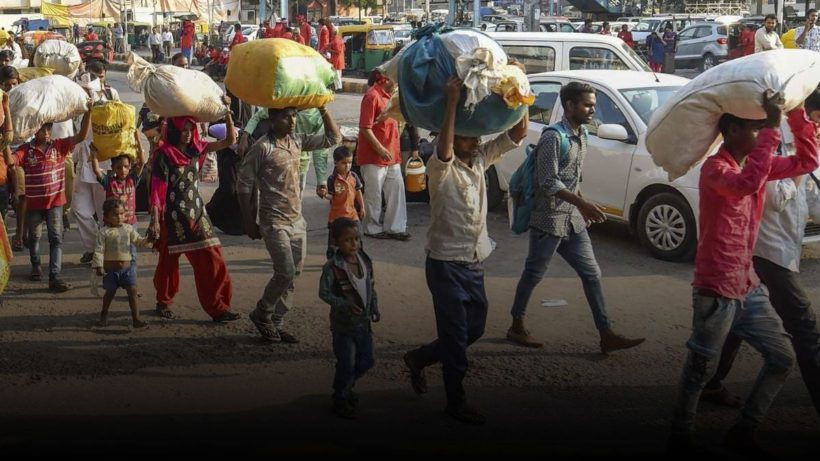
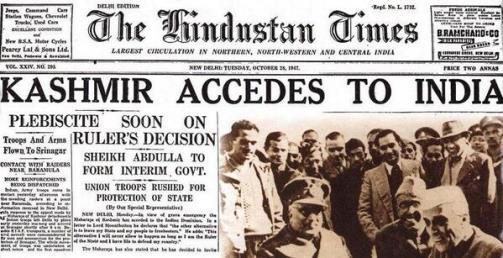
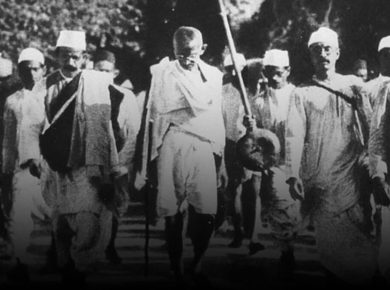
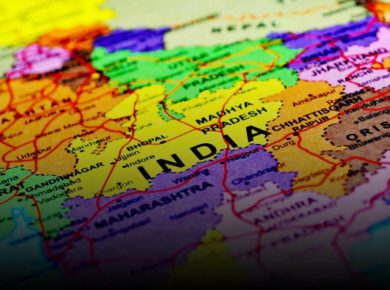

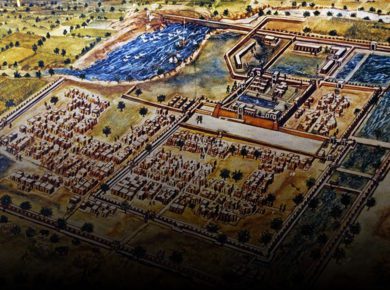
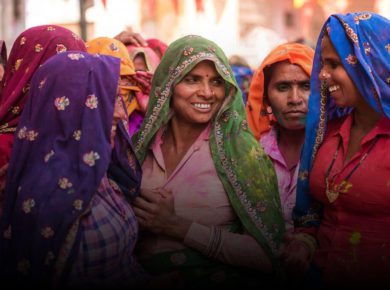




1 comment
Nice article and useful information shared thanks.